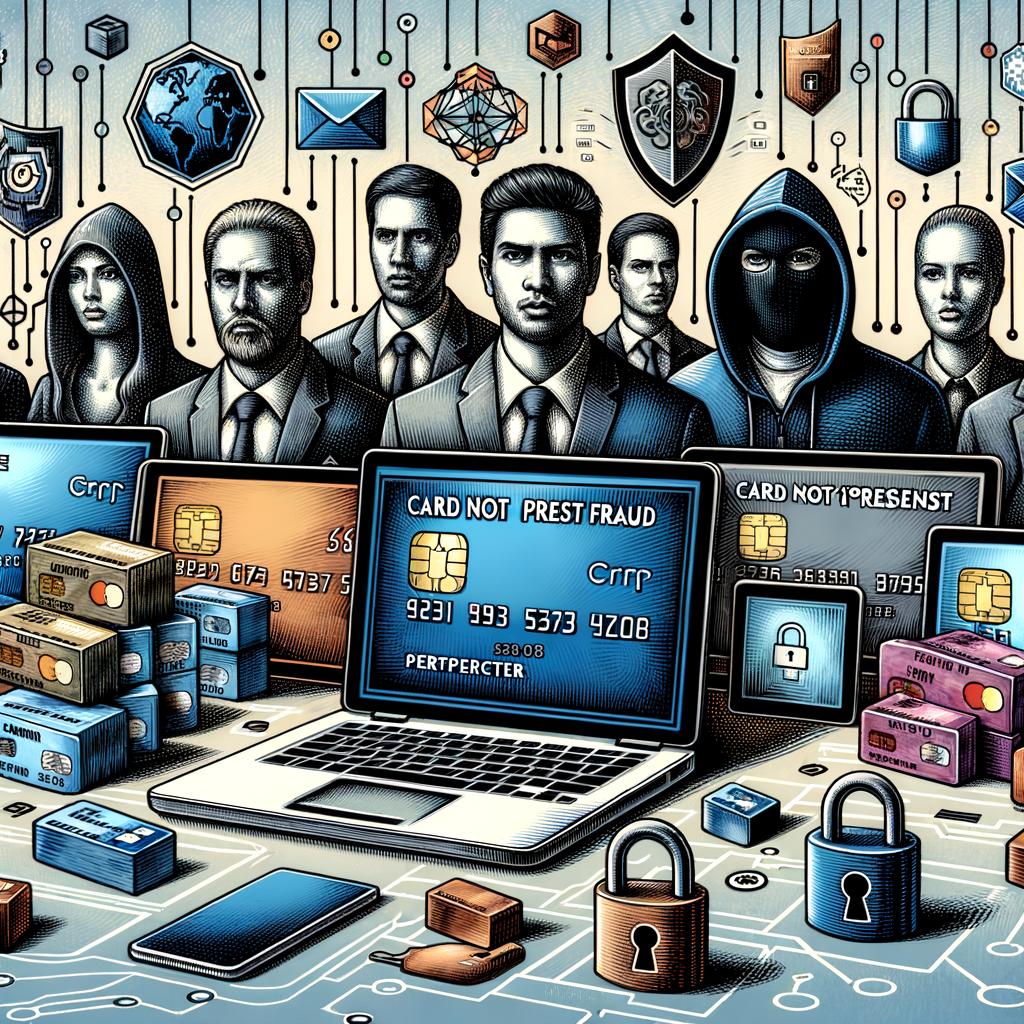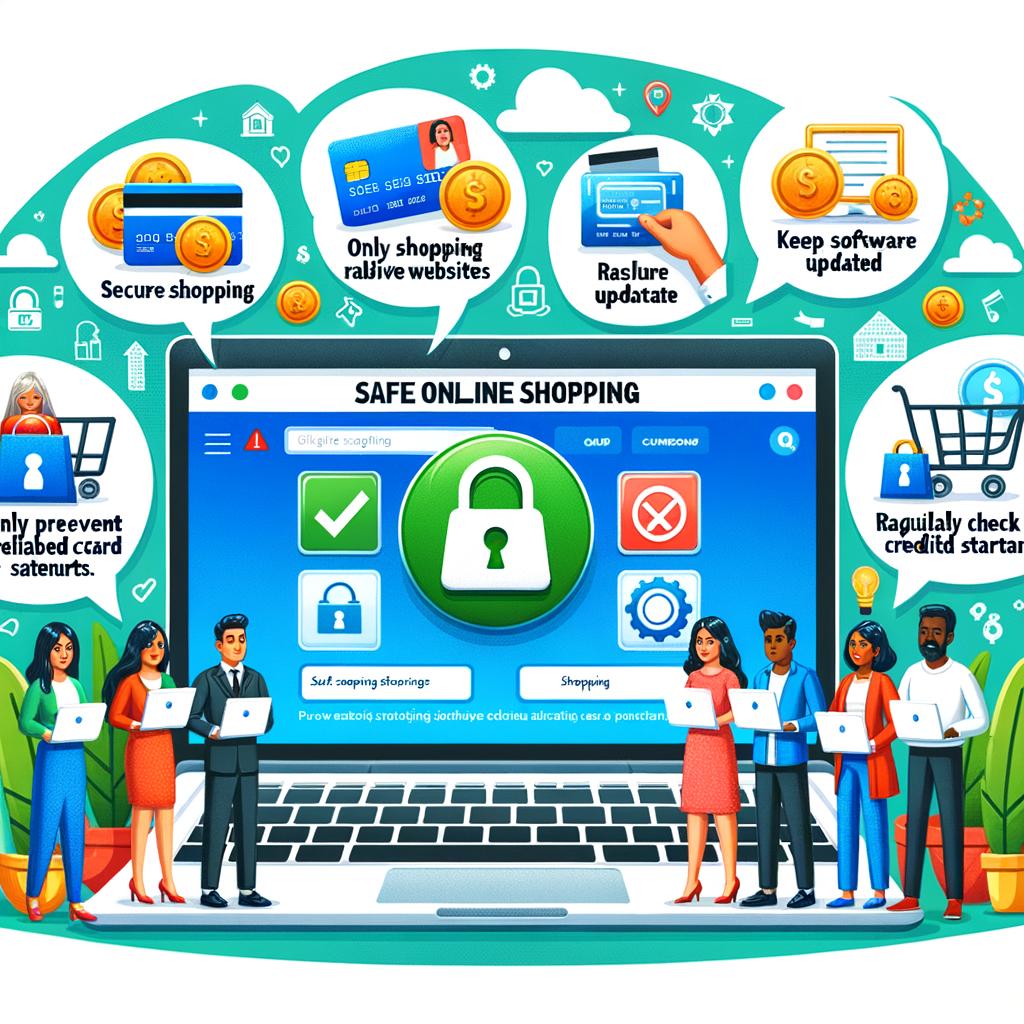Addressing the Growing Threat of Card-Not-Present (CNP) Fraud
Picture this: you’re snuggled up on the couch with your favorite blanket, a warm cup of tea in hand, and your laptop open to do some online shopping. Sounds cozy and convenient, right? But what if I told you that lurking behind the ease and comfort of online transactions is a growing threat known as Card-Not-Present (CNP) fraud? In this article, we’ll delve into the world of CNP fraud and explore how we can combat this sneaky cyber menace. So kick back, relax, and let’s unravel this digital mystery together.
Addressing the rise of CNP fraud in the digital age: Understanding the risks
With the rapid advancement of technology and the increasing popularity of online shopping, card-not-present (CNP) fraud has become a growing concern in the digital age. CNP fraud occurs when a fraudster uses stolen credit card information to make purchases online without physically presenting the card. This type of fraud poses a significant threat to both consumers and businesses, as it can result in financial losses and damage to reputation.
Understanding the risks associated with CNP fraud is key to protecting yourself and your business from potential losses. Some common methods used by fraudsters in CNP fraud include:
- Phishing scams: Fraudsters send emails pretending to be from legitimate companies to trick individuals into revealing their personal information.
- Account takeover: Hackers gain access to a user’s account credentials and make unauthorized purchases.
- Carding: Fraudsters use stolen credit card information to make small purchases to test if the card is still active before making larger transactions.
Combatting CNP fraud with advanced security measures: Best practices and recommendations
In today’s digital age, the threat of Card-Not-Present (CNP) fraud is becoming increasingly prevalent, posing a significant risk to both consumers and businesses alike. As online transactions continue to rise, fraudsters are constantly finding new ways to exploit vulnerabilities in payment processes. To combat this growing threat, implementing advanced security measures is crucial in safeguarding sensitive financial information and reducing the risk of fraudulent activity.
One of the best practices in combatting CNP fraud is to utilize multi-factor authentication methods, such as requiring customers to enter a one-time password sent to their mobile devices or email before completing a transaction. Additionally, utilizing tokenization technology can help add an extra layer of protection by replacing sensitive card information with unique tokens that are meaningless to hackers. By staying proactive and implementing these advanced security measures, businesses can effectively mitigate the risk of CNP fraud and ensure a safe and secure online shopping experience for their customers.
Educating consumers on safe online shopping practices: Tips to minimize the risk of falling victim to CNP fraud
One of the most common types of fraud that consumers face when shopping online is Card-Not-Present (CNP) fraud. This occurs when a fraudster uses stolen credit card information to make purchases without physically presenting the card. To combat this growing threat, it is important for consumers to be educated on safe online shopping practices to minimize the risk of falling victim to CNP fraud.
Here are some tips to help you protect yourself while shopping online:
- Use secure websites: Look for websites with “https://” in the URL, indicating a secure connection.
- Avoid public Wi-Fi: Be cautious when using public Wi-Fi networks, as they may not be secure.
- Monitor account activity: Regularly check your bank and credit card statements for any unauthorized charges.
| Tip | Description |
|---|---|
| Use secure websites | Look for websites with “https://” in the URL |
| Avoid public Wi-Fi | Be cautious on public networks |
In Retrospect
As online shopping continues to soar in popularity, the risk of CNP fraud looms larger than ever before. But fear not, for with the right strategies in place, you can protect yourself from falling victim to these crafty cyber criminals. So remember to stay vigilant, keep your online transactions secure, and always be mindful of potential red flags. By staying one step ahead, you can shop with peace of mind and enjoy all the convenience the digital world has to offer. Stay safe out there, savvy shoppers!





